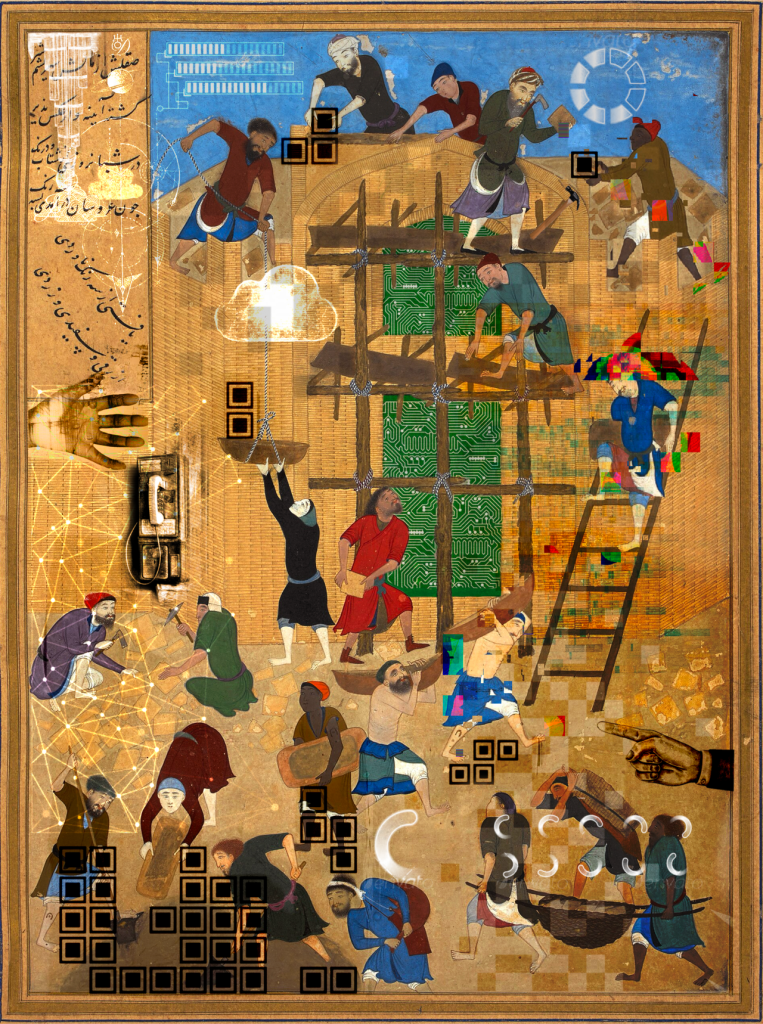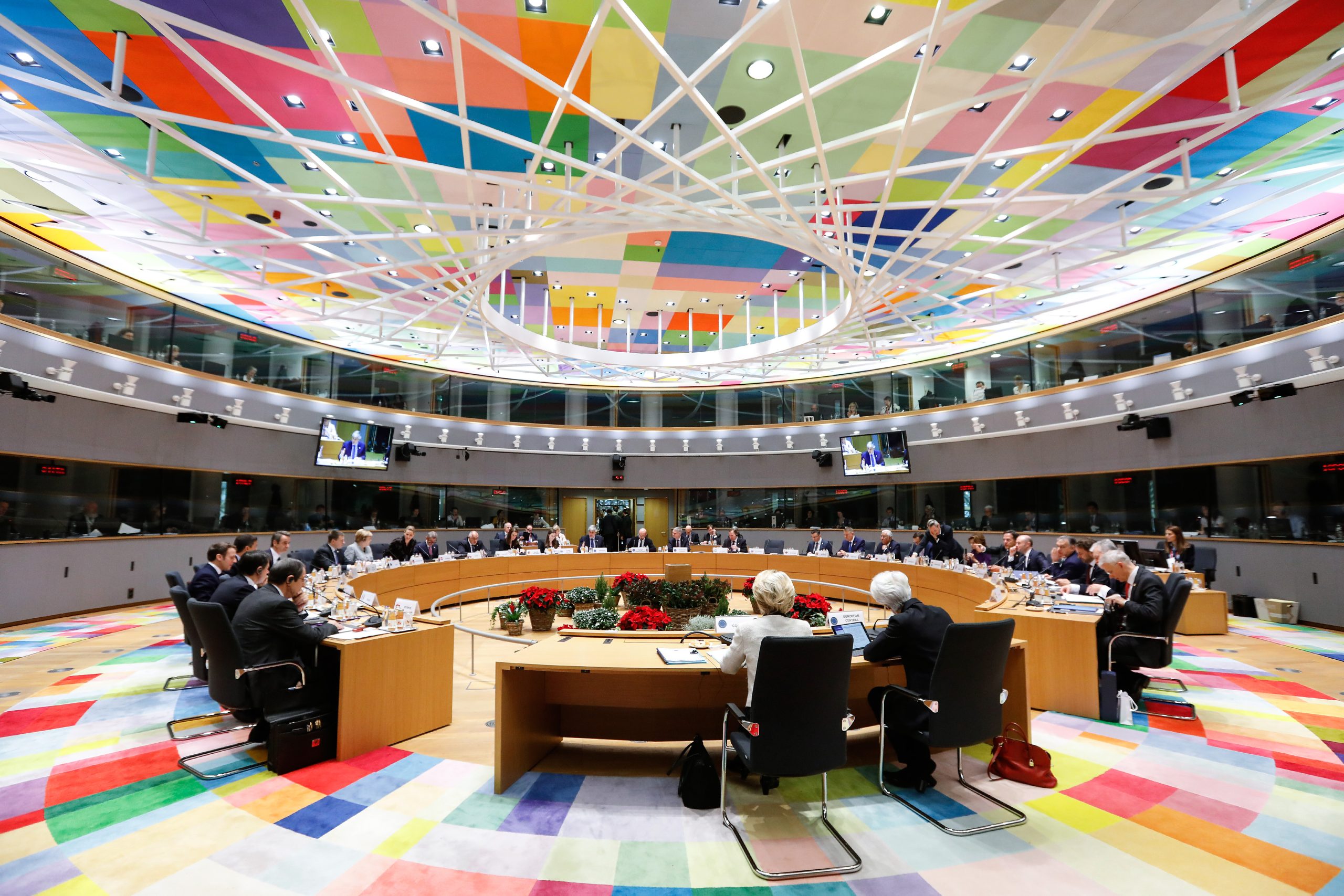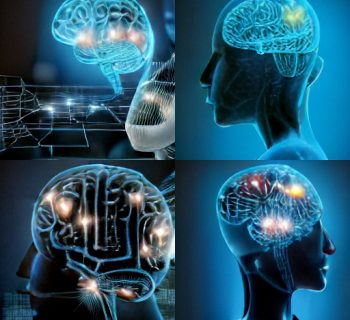
I picked up this from a blog by Doug Belshaw. It is from a report by Anthropic, the AI company behind Claude.ai. Doug points out that that its not been published in an academic journal and therefore not peer-reviewed, but, he says, they’ve open-sourced the dataset used for the analysis. And it certainly is interesting.
Here, we present a novel empirical framework for measuring AI usage across different tasks in the economy, drawing on privacy-preserving analysis of millions of real-world conversations on Claude.ai [Tamkin et al., 2024]. By mapping these conversations to occupational categories in the U.S. Department of Labor’s O*NET Database, we can identify not just current usage patterns, but also early indicators of which parts of the economy may be most affected as these technologies continue to advance.
We use this framework to make five key contributions:
1. Provide the first large-scale empirical measurement of which tasks are seeing AI use across the economy …Our analysis reveals highest use for tasks in software engineering roles (e.g., software engineers, data scientists, bioinformatics technicians), professions requiring substantial writing capabilities (e.g., technical writers, copywriters, archivists), and analytical roles (e.g., data scientists). Conversely, tasks in occupations involving physical manipulation of the environment (e.g., anesthesiologists, construction workers) currently show minimal use.
2. Quantify the depth of AI use within occupations …Only ∼ 4% of occupations exhibit AI usage for at least 75% of their tasks, suggesting the potential for deep task-level use in some roles. More broadly, ∼ 36% of occupations show usage in at least 25% of their tasks, indicating that AI has already begun to diffuse into task portfolios across a substantial portion of the workforce.
3. Measure which occupational skills are most represented in human-AI conversations ….Cognitive skills like Reading Comprehension, Writing, and Critical Thinking show high presence, while physical skills (e.g., Installation, Equipment Maintenance) and managerial skills (e.g., Negotiation) show minimal presence—reflecting clear patterns of human complementarity with current AI capabilities.
4. Analyze how wage and barrier to entry correlates with AI usage …We find that AI use peaks in the upper quartile of wages but drops off at both extremes of the wage spectrum. Most high-usage occupations clustered in the upper quartile correspond predominantly to software industry positions, while both very high-wage occupations (e.g., physicians) and low-wage positions (e.g., restaurant workers) demonstrate relatively low usage. This pattern likely reflects either limitations in current AI capabilities, the inherent physical manipulation requirements of these roles, or both. Similar patterns emerge for barriers to entry, with peak usage in occupations requiring considerable preparation (e.g., bachelor’s degree) rather than minimal or extensive training.
5. Assess whether people use Claude to automate or augment tasks …We find that 57% of interactions show augmentative patterns (e.g., back-and-forth iteration on a task) while 43% demonstrate automation-focused usage (e.g., performing the task directly). While this ratio varies across occupations, most occupations exhibited a mix of automation and augmentation across tasks, suggesting AI serves as both an efficiency tool and collaborative partner.
Source: The Anthropic Economic Index
About the image
This artwork captures humanity’s collective endeavour in building artificial intelligence, drawing inspiration from Persian Negargari (miniature painting). It emphasises that AI is not the result of sudden breakthroughs but centuries of collaboration among minds, cultures, and technologies. Inspired by Kamal-ud-Din Behzad’s late 15th-century painting “Construction of the Khawarnaq Palace” (circa 1494 CE), the piece celebrates human creativity and labor in crafting a structure that reaches toward the heavens. By blending traditional Persian Negargari with modern AI symbols—such as circuit boards, cloud storage, and digital glitches—the artwork underscores that AI is rooted in human effort, shaped over time through the fusion of data, labor, and algorithms, whilst also highlighting the interplay of heritage and technology. "







